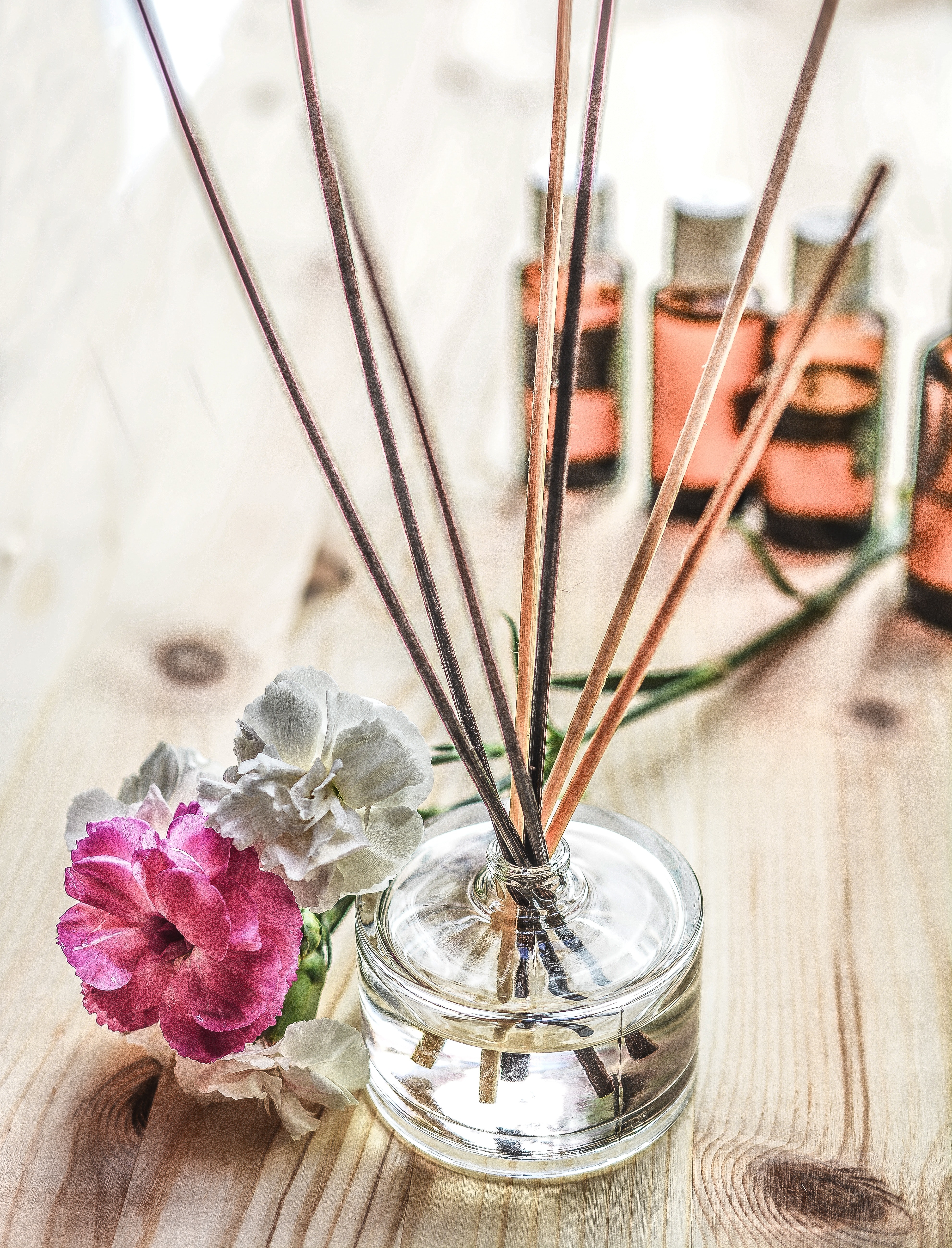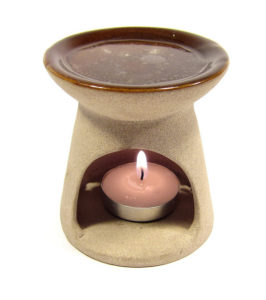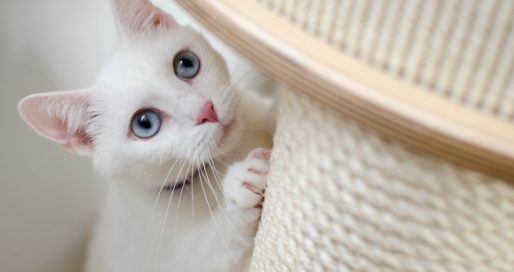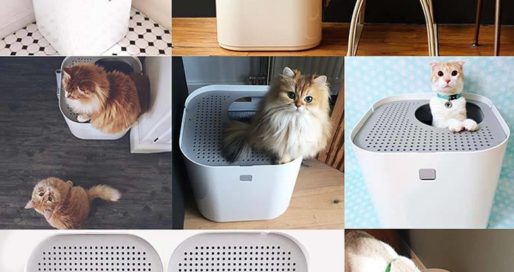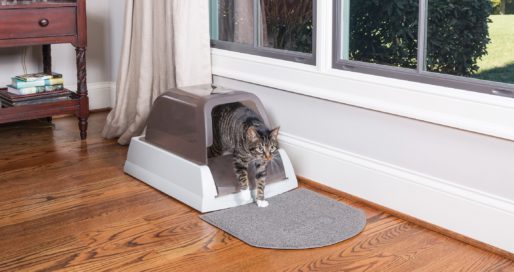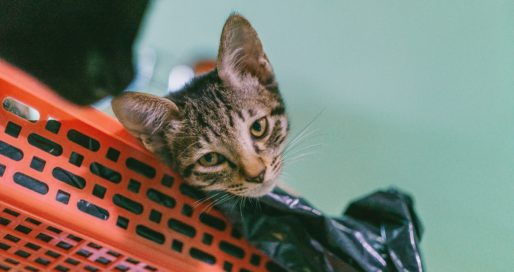Essential oil diffusers are starting to turn up everywhere. The essential oil industry has been experiencing significant growth over the past few years, and more people than ever before have essential oil diffusers in their homes.
But are essential oil diffusers safe to use around cats?
What Are Essential Oils?
Essential oils are concentrated solutions of volatile aromatic compounds extracted from plants. These volatile aromatic compounds are the source of the plant’s smell and taste. The word “essential” was used to classify these compounds since they contain the “essence” of a plant’s aroma. Each oil, therefore, captures the essence of the plant it was derived from in a concentrated liquid form.
Essential oils are extracted from plants using a variety of different methods, but the two most common methods are distillation and expression (cold-pressing). Once extracted from a plant, essential oils are used to produce scents in soaps, perfumes, cosmetics, and a variety of other products. They are also a fixture in the world of alternative medicine.
Aromatherapy and Alternative Medicine
Essential oils are marketed for use in aromatherapy. Different oils are said to target specific maladies or to offer certain benefits if they are inhaled as a mist or aerosol. Aromatherapists recommend different types of essential oils for improved respiratory health, control of nausea, relaxation, and a whole host of other reasons. The healing properties of essential oils are widely espoused across the aromatherapy community.
Whether or not essential oils actually do everything that people say they do is an ongoing subject of debate within the scientific and medical communities. Scattered studies have shown that they aren’t bad, but they may not have enough of an impact to be considered truly effective for treatment of many conditions. The way their production and distribution are regulated in the U.S. makes medical evaluation of their effects difficult. Most people enjoy the aromas they produce when diffused, though, and their use can at least have positive mental effects by creating a pleasant atmosphere and sense of well-being.
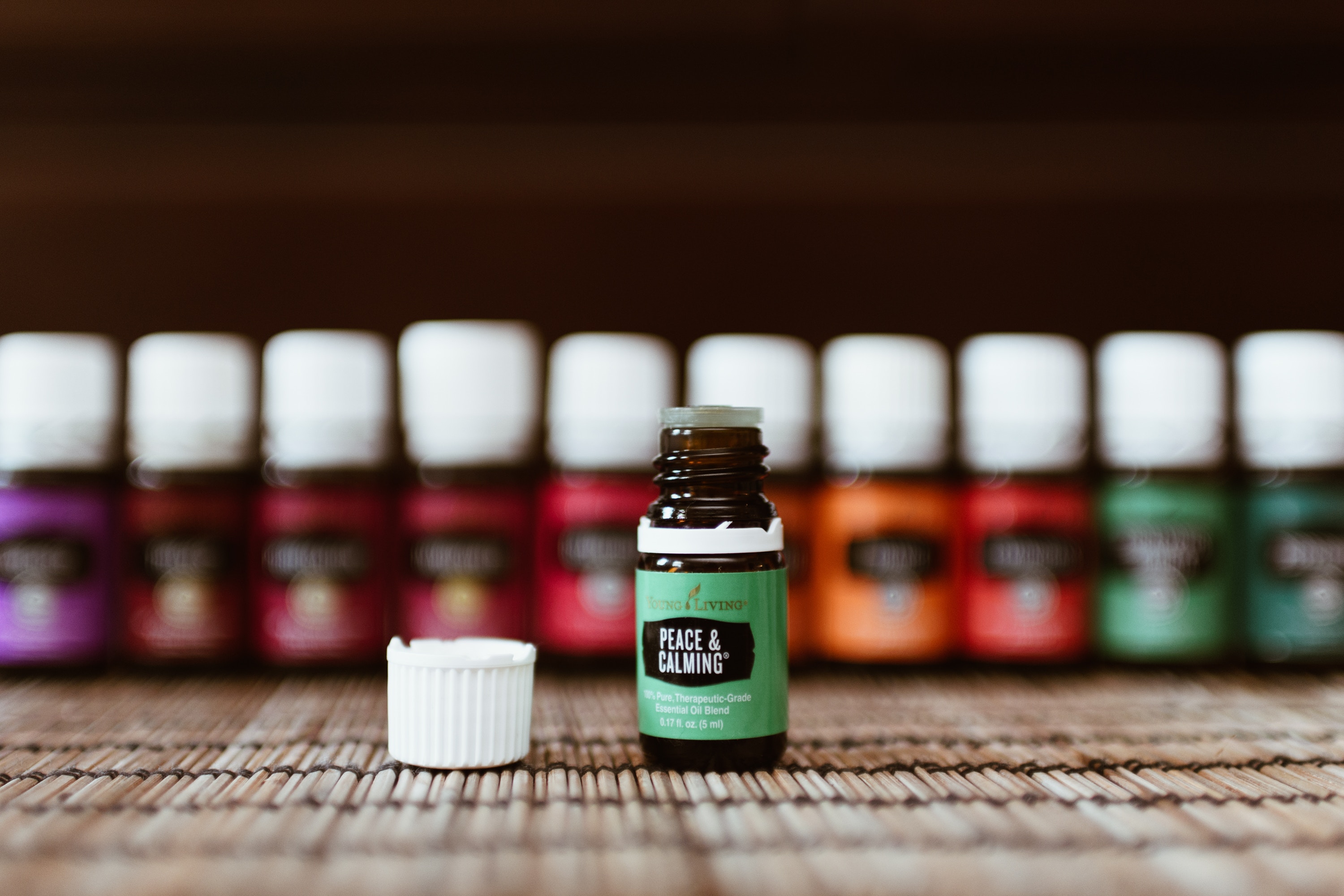
Regulation of Essential Oils
Essential oils are usually categorized as a cosmetic, a drug, or both by the Food and Drug Administration (FDA). Essential oils that are categorized as a cosmetic do not require approval by the FDA to be put onto the market. The FDA can step in, however, if they receive credible information that indicates a specific product is not safe or if the product is not labeled correctly. The FDA defines a cosmetic as follows:
- Articles intended to be rubbed, poured, sprinkled, or sprayed on, introduced into, or otherwise applied to the human body or any part thereof for cleansing, beautifying, promoting attractiveness, or altering the appearance [FD&C Act, Section 321(g)(2)(i)(1)]
Essential oils that are categorized as a drug, or as a combination cosmetic / drug, require FDA approval before being sold to consumers. This approval process involves testing for safety and effectiveness of the substance relative to its purported health effects. A large portion of the classification process depends on what the manufacturer of the essential oil claims it is capable of doing. The FDA definition of a drug is as follows:
- Articles intended for use in the diagnosis, cure, mitigation, treatment, or prevention of disease in man or other animals [FD&C Act, Section 321(g)(1)(B)]
- Articles (other than food) intended to affect the structure or any function of the body of man or other animals [FD&C Act, Section 321(g)(1)(C)]
If a product’s labeling includes claims that it cures, mitigates, treats, or prevents a disease, the FDA will consider it a drug. As a result, manufacturer’s of essential oils are very careful about what kinds of claims that include on their packaging.
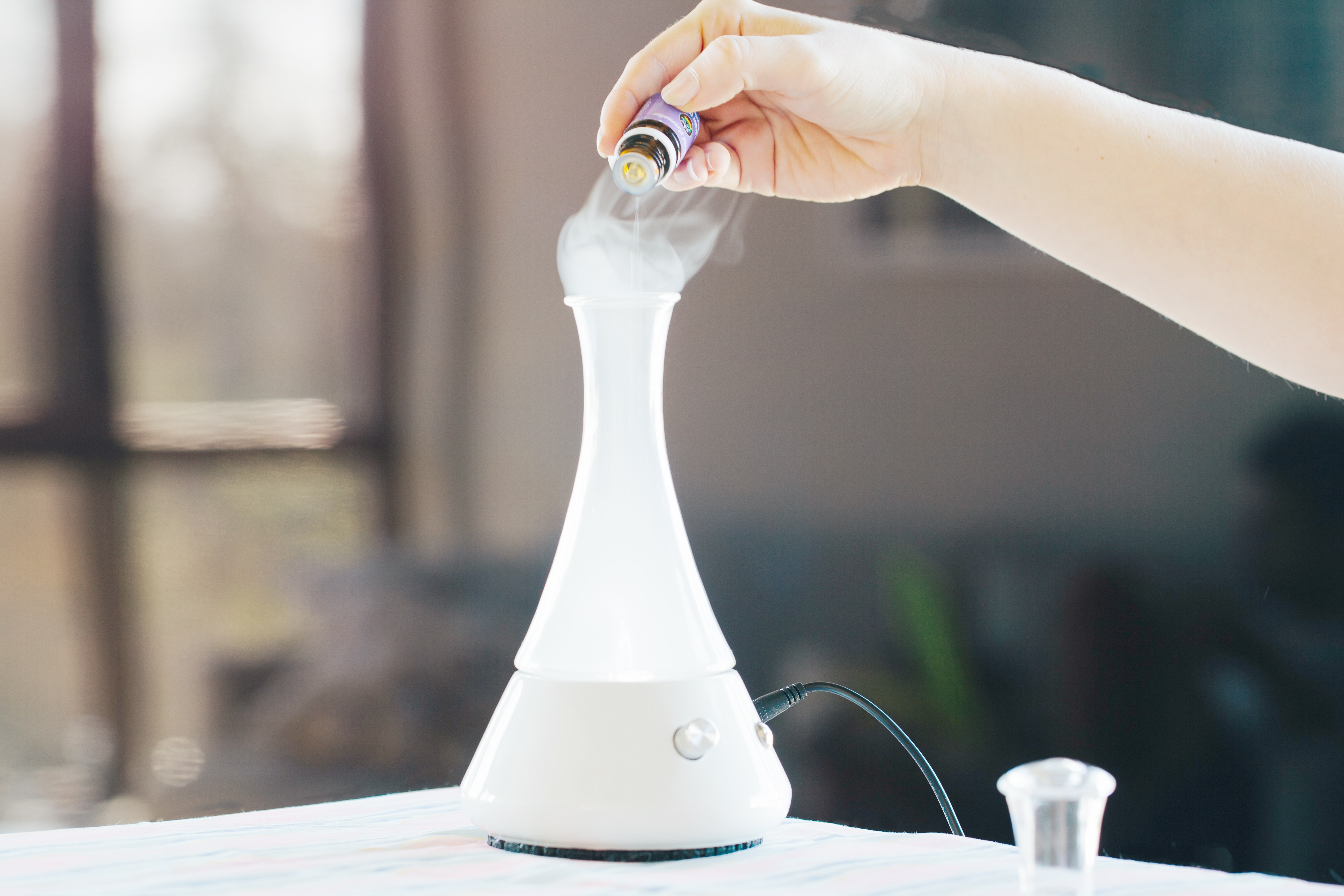
Medical Research
Selling an essential oil as a cosmetic rather than as a drug is much easier from a regulatory standpoint, and, as a result, many essential oils are produced as cosmetic products. Production of cosmetic products is not standardized, which makes them very difficult to evaluate scientifically as a therapeutic agent. Solutions produced by different manufacturers may contain different essential oil concentrations or levels of purity since production methods are not consistent across the industry.
Many essential oils are labeled as “therapeutic grade.” There is no regulatory agency or other body that grants this classification. It is used mostly as marketing jargon, and some company’s may define how they classify “therapeutic grade” on their website.Being labeled as “therapeutic grade” does not necessarily mean an essential oil is poor quality. But it is also not a true indicator that an oil is high quality since it is not a regulated term.
Medical research related to the health effects of essential oils in humans is progressing, but it is still relatively scarce and inconclusive. Even less research information is available related to the health impacts of essential oils on cats and other animals. As a result, our knowledge of the medical effects of certain essential oils on cats has been gained through observation of symptoms and detailed reporting to veterinarians.
Essential Oil Diffusers
Essential oil diffusers come in a variety of shapes and sizes. The most popular types of essential oil diffusers include:
Nebulizing Diffuser
Nebulizing diffusers create a very fine mist of oil droplets and diffuse them into the surrounding space. Some of these diffusers use electricity to generate heat, and this heat is used to aid in the diffusion of the essential oils. Other nebulizing diffusers use pressurized air to nebulize and diffuse essential oils. The model shown below uses pressurized air and includes an adjustable airflow dial.
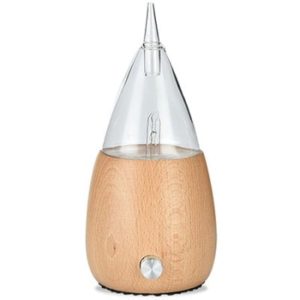
Ultrasonic Diffuser
Similar to nebulizing diffusers, ultrasonic diffusers also generate a fine mist of oil droplets for diffusion into the surrounding space. They do this by using ultrasonic vibrations to break the oil droplets apart into even smaller droplets. These diffusers require dilution of essential oils with water, creating a more dilute mist.
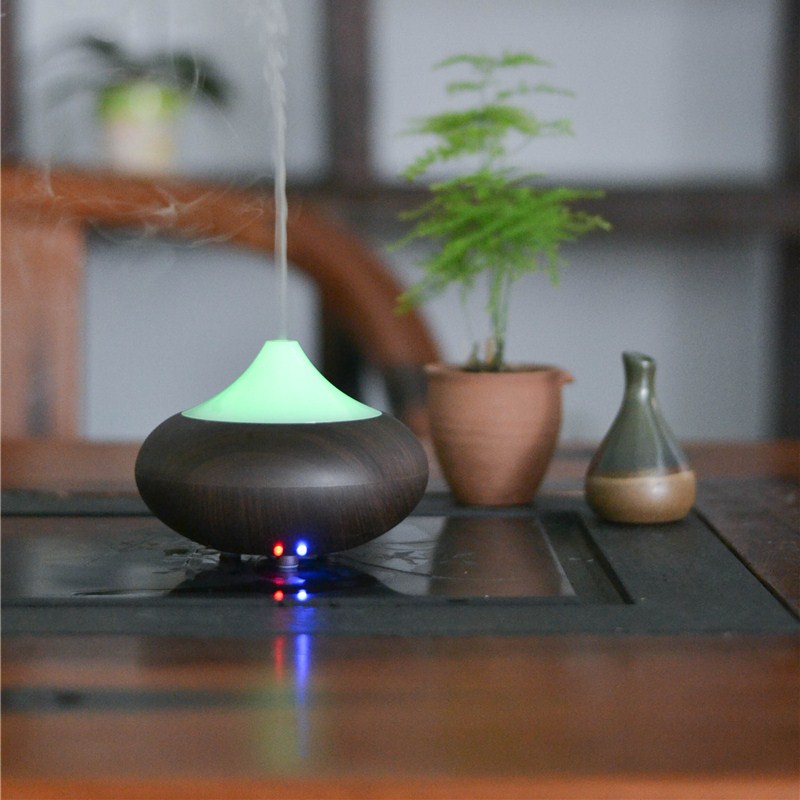
Reed Diffuser
Reed diffusers are made up of rattan sticks immersed in essential oils. The oils are pulled up the pores in the sticks by capillary action, and their aromas are released into the surrounding air.
Candle Diffuser
A candle diffuser uses the heat of a candle to warm an essential oil, releasing its fragrance.
Are Essential Oils Toxic to Cats?
The question of whether or not essential oils are toxic to cats is complicated. While some oils have no observable impacts on cats, others are associated with frequent reports of negative health issues.
The impact an essential oil will have on a cat depends on the type of oil and the concentration the cat is exposed to. The method of exposure also plays a significant role in determining the symptoms of exposure.
Cats may be exposed to essential oils in the following ways:
- Inhalation
- Direct physical contact
- Ingestion
Most cats will not willingly ingest essential oils. It is very important that you as an owner avoid putting essential oils on anything that your cat may chew on or eat. You should also avoid feeding essential oils to your cat directly. Even having moderate physical contact with essential oils can cause skin irritation in your cat.
Keep essential oils away from areas your cat frequents to avoid having your cat spill a bottle of oil and walk through it or lie down in it. One common way that cats may ingest essential oils is through cleaning them off of their fur.
Specific Essential Oils that are Toxic to Cats
The following list of essential oils that are known to cause poisoning in cats was put together by the Dr. Kia Benson, DVM, for the Pet Poison Helpline:
- Citrus Oils (Grapefruit Oil, Lemon Oil, etc.)
- Birch Oil
- Cinnamon Oil
- Peppermint Oil
- Wintergreen Oil
- Tea Tree Oil
- Pine Oil
- Eucalyptus Oil
- Pennyroyal Oil
- Clove Oil
- Ylang Ylang Oil
You should avoid using any of these essential oils on or around your cat. This includes diffusion or topical administration.
Symptoms of Essential Oil Toxicity in Cats
The following symptoms may indicate that your cat has been exposed to essential oils and is having an adverse reaction:
- Vomiting
- Diarrhea
- Signs of irritation on or around the mouth, including redness
- Difficulty walking or unsteady gait (ataxia)
- Muscle tremors
- Difficulty breathing
- Coughing or wheezing
- Drooling
- Lethargy
The APSCA lists essential oils as one of the 15 most common causes of muscle tremors in cats.
What to Do if You Think Your Cat is Suffering from Essential Oil Toxicity
Contact your local emergency veterinary care provider or the Pet Poison Helpline (800-213-6680) immediately if you think that your cat may be suffering for essential oil toxicity. Seek treatment as soon as possible. The faster you seek treatment, the better your cat’s chances of recovery. Do not try to make your cat throw up if you think he may have ingested essential oils. Let the veterinarian handle the situation. Also, make sure to bring the packaging for any products that you suspect may be causing the adverse reaction in your cat to the vet.
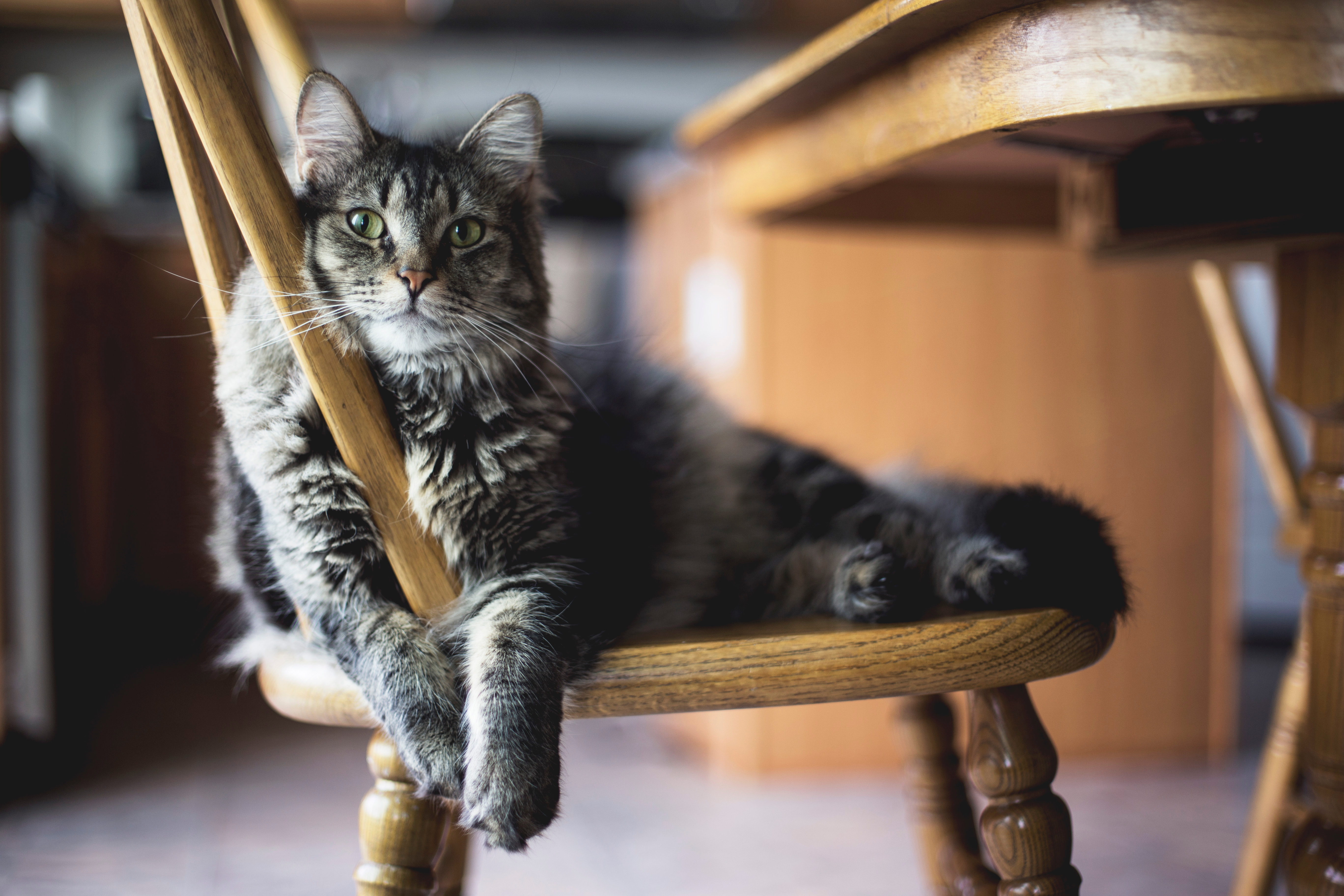
A Word on the Essential Oil Industry
While researching this article, I came across a really nice-looking infographic created by an essential oil dealer that identified a couple of the essential oils included on the list of toxic essential oils provided by the Pet Poison Helpline as “great for pets.” I didn’t want to share it here since I didn’t want to create any confusion. These kinds of false claims are rampant across the internet, especially in the world of alternative medicine. The number one offenders are almost always selling essential oils and related products.
There is widespread misinformation regarding the impact of essential oils on cats coming from several members of the essential oil industry. That’s not to say that all members of this industry are guilty parties. However, the problem is ubiquitous.
Essential oil dealers frequent the comments sections of articles just like this one. Many of them claim to have healed their cat or other animals using essential oils. Similarly, articles are posted on the blogs of essential oil dealers that list essential oils that they claim are beneficial to cats. Don’t be misled by these claims. The primary objective within this industry is to sell essential oils, and not to maintain the health and well-being of your beloved pet. Be on the lookout for these false claims and always trust the opinion of veterinary professionals.
Final Thoughts
It is my personal opinion that use of essential oil diffusers should be avoided around cats. It isn’t worth risking the potential negative health impacts. If you’re going to use essential oils while living with a cat, take precautions to operate your diffuser in a location that the cat rarely frequents. Avoid placing it by the cat’s food, water, litter box, or favorite nap spots.
Remember though: I’m not a veterinarian, or any kind of medical professional for that matter. Be sure to ask your veterinarian for their opinion about cats and essential oils!

